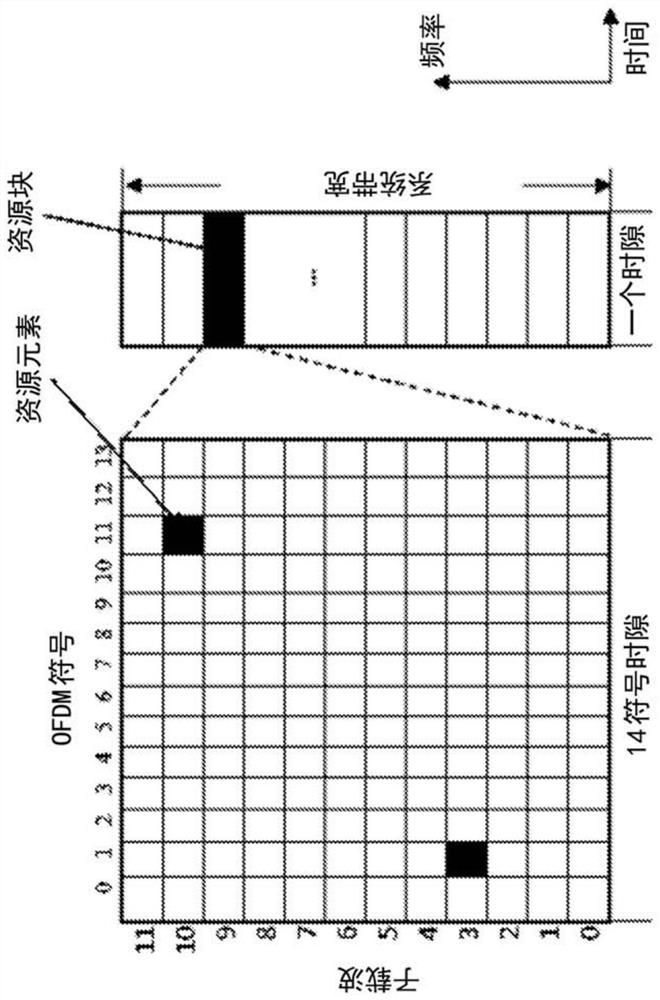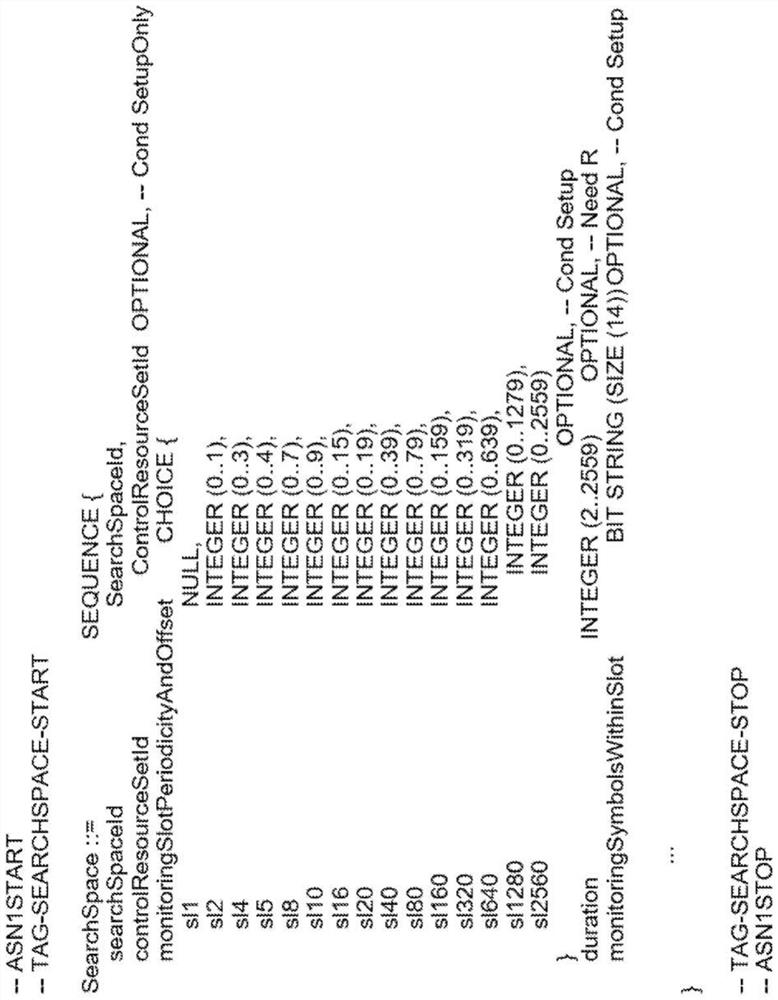Handling multiple transmission opportunities in a paging occasion
A technology for transmitting opportunities and paging signals, which is applied in transmission systems, radio transmission systems, network planning, etc., and can solve problems such as destructive interference
- Summary
- Abstract
- Description
- Claims
- Application Information
AI Technical Summary
Problems solved by technology
Method used
Image
Examples
Embodiment 1
[0140] According to the first set of embodiments, starting from the first TXOP in the paging window, the network node (e.g. gNB) performs CCA for each TXOP and, once successful, sequentially transmits the next (not yet successfully transmitted) beams ( For example, following the same beam direction sequence as SSB transmission (eg, as in SSB burst sets or DRS beam scanning). The gNB may continue this process until all beam directions have been covered (ie pages have been sent on all beam directions) or until all TXOPs in the window have elapsed.
[0141] According to these embodiments, TXOPs may not be skipped (even if not all TXOPs can be successfully utilized, eg, due to CCA failure), and thus, full beam scanning (eg, complete set of paging transmissions) is done as soon as possible. On the other hand, a wireless device (e.g., UE) in a paging area may not be able to predict when a certain beam direction will be transmitted (with the possible exception of the first beam direc...
Embodiment 2
[0143] According to a second set of embodiments, a predetermined number (M) of sequential TXOPs are assigned to each beam. For example, M sequential TXOPs are assigned to beam 1, followed by M sequential TXOPs to beam 2, and so on. In some embodiments, the gNB retries a beam's transmission until it is successfully transmitted or until M TXOPs allocated to that beam have elapsed (ie, all failed). In some embodiments, the number of TXOPs is equal to the number of beams or SSBs multiplied by the number N=1, 2, . . . In some embodiments, the number M is equal to the number N, such that all TXOPs are equally allocated to beams. In another embodiment, the number M is smaller than the number N, or the number of TXOPs allocated to each beam is not equal for each beam.
[0144] image 3 A specific example of the second set according to the embodiment is shown, where there are S=4 beams and the number of TXOPs is S times the spreading factor X=2, which equals a total of 8 TXOPs. Eig...
Embodiment 3
[0148] According to a third set of embodiments, there is a predetermined mapping between TXOPs and beams. In some embodiments, N beam The first set of TXOPs are explicitly mapped to N in the same order as the corresponding SSB / DRS beams beam beams. In some embodiments, subsequent N beam TXOPs form the same set with the same explicit mapping to SSB / DRS beams. Additional TXOPs may form yet another identical set.
[0149]In some embodiments, the network node gNB first attempts to transmit each paging beam once (one at a time) using the first set of TXOPs. If one or more of the beam transmissions fails, the gNB may retry transmitting the beam / beams using the second set. In some embodiments, retries are performed only for beams that failed in the first set of TXOPs, and may be sent using their associated TXOPs in the second set of TXOPs. Other TXOPs (if any) in the second set of TXOPs may be left unused. In this way there is a predictable mapping between TXOPs and beam direc...
PUM
 Login to View More
Login to View More Abstract
Description
Claims
Application Information
 Login to View More
Login to View More - R&D Engineer
- R&D Manager
- IP Professional
- Industry Leading Data Capabilities
- Powerful AI technology
- Patent DNA Extraction
Browse by: Latest US Patents, China's latest patents, Technical Efficacy Thesaurus, Application Domain, Technology Topic, Popular Technical Reports.
© 2024 PatSnap. All rights reserved.Legal|Privacy policy|Modern Slavery Act Transparency Statement|Sitemap|About US| Contact US: help@patsnap.com










